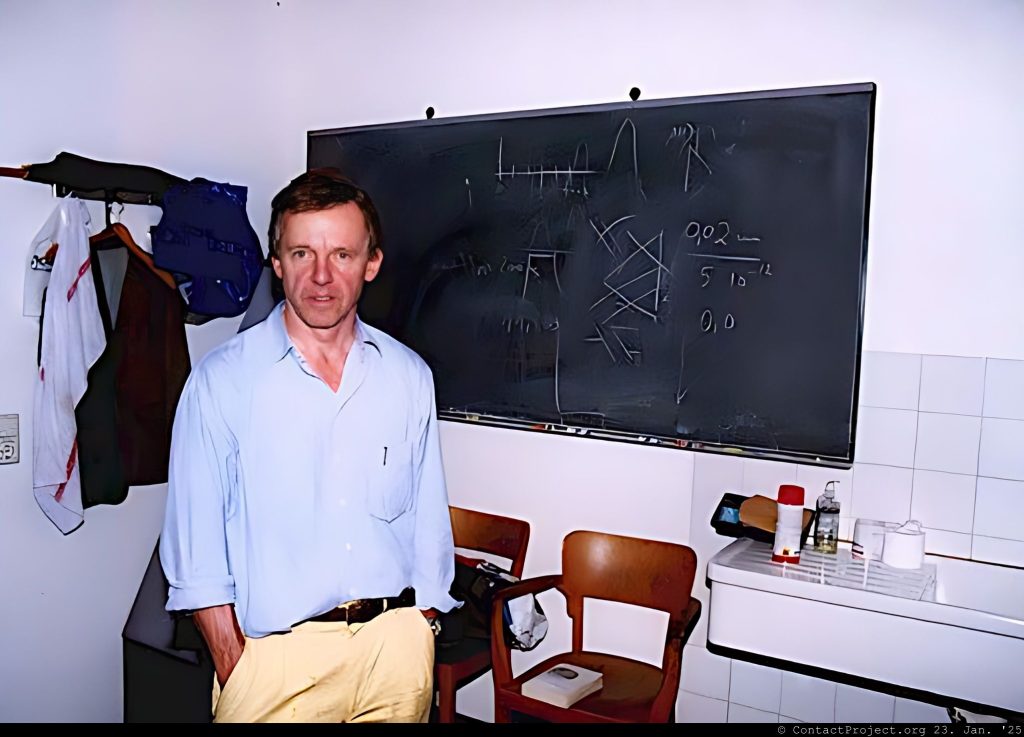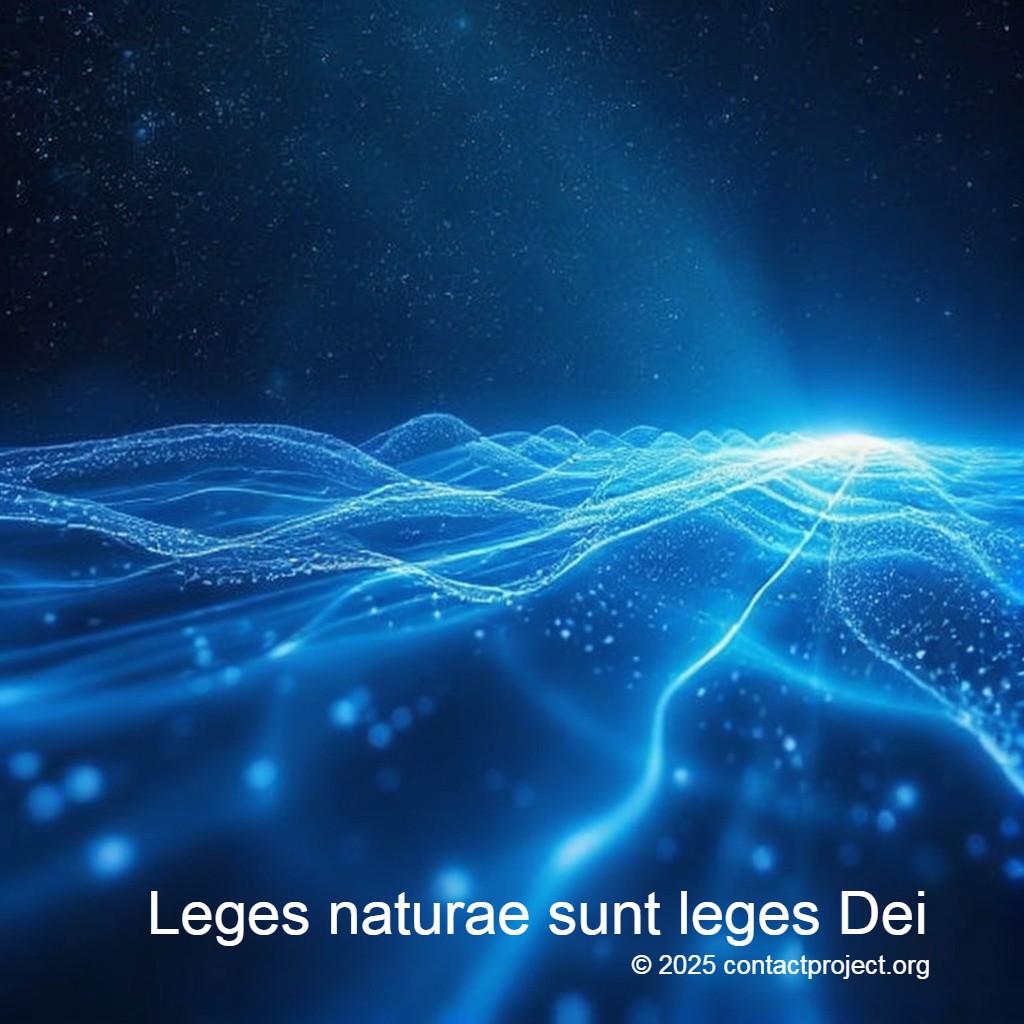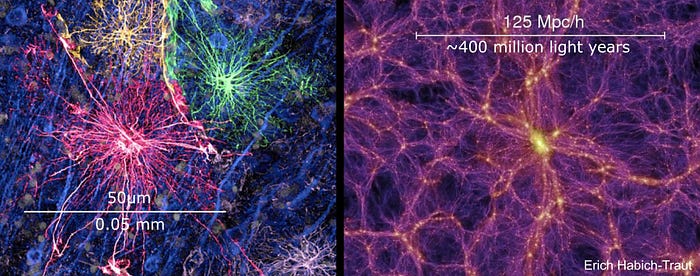PREFACE (Table of contents: click here)
This article, titled “Superluminal: The Discovery of Faster-Than-Light Brainwaves,” investigates the emerging concept of superluminal brainwaves facilitated by evanescent waves within the brain. It builds on historical research, including foundational experiments by Prof. Dr. Günter Nimtz that demonstrated the feasibility of faster-than-light communication through quantum tunneling, and discusses contemporary theories such as the WETCOW (Weakly-Evanescent Cortical Waves) proposed by Vitaly L. Galinsky and Lawrence R. Frank. By connecting principles of quantum mechanics with neuroscientific understanding, the article explores the potential implications of superluminal brain activity for cognitive processing, consciousness, and the possibility of interstellar communication. Additionally, it examines the ethical considerations and scientific ramifications that arise from these revolutionary concepts. Through an engaging narrative, this work aims to spark dialogue around the intersections of neuroscience, quantum physics, and their relevance to the nature of intelligence and consciousness in both humans and potentially extraterrestrial beings.

When did it all begin? It’s very challenging to tell. Imagine living a relatively simple life where things happen one by one, without apparent connection or purpose, and then… suddenly, everything falls into place; you have an epiphany.
On a sunny August 25th, 2023, I sat as usual at the breakfast bar of Sunset House, overlooking Souda Bay on Crete. I’d seen an interesting headline on my laptop. It was from a dry scientific paper by Galinsky and Frank, that spoke about “possible synchronizing effects of evanescent waves in the brain.”
They called their theory “WETCOW,” for “weakly evanescent cortical waves.” Most people would not think twice about such a headline, at best chuckling at the image of a dripping wet cow. At least, that’s what I did.
But then I connected the dots. Evanescent waves, the topic of the WETCOW paper, meant superluminal brainwaves. And that would be a game-changer:
WHEN I MET EVANESCENT WAVES, THE FIRST TIME

I recall like yesterday the day in 1999 with renowned physicist Prof. Dr. Günter Nimtz, at his lab at Cologne University. It was Thursday, the ninth of September.
Nimtz is famous for his controversial experiments in faster-than-light communications. I heard about him from a magazine article.
I called Nimtz up and made an appointment for a demonstration. Nimtz agreed and repeated the experiment for me, and I recorded it on 35mm film.
The experiment consists of directing microwaves at a quantum tunnel, a prism in the experiment I saw; this creates information-carrying faster-than-light radiowaves. These waves arise from superluminal quantum effects.
And this demonstration has stayed with me ever since. It was the basis of my trying to find a solution to overcome the “no-communication theorem.” That is a theory that states that in the macroscopic world, quantum entanglement can’t ever be used for faster-than-light communication.
WHEN I MET EVANESCENT WAVES, THE SECOND TIME

After reading the WETCOW paper, it hit me: the presence of evanescent waves meant that there are superluminal brainwaves. Most neurologists, who specialize in brainwaves, likely overlook this connection because it falls outside their area of expertise.
And no physicist will jump up and shout, “I have discovered brainwaves faster than light!” because that’s outside their field of expertise, too.
Evanescent waves are the result of superluminal quantum effects, which I’ve been exploring for almost 25 years. after attending that demonstration in a different context: that of superluminal communications with advanced extraterrestrial civilizations.
SUPERLUMINAL WAVES IN THE BRAIN
But it dawned on me now (or then), in August 2023, that instead of bridging interstellar distances with radio waves, which is beyond our current ability, these waves readily bridge microscopic distances between neurons in the brain, every day, in every sentient being, everywhere. And not just on Earth, if we presume that we are not the only intelligent species in the cosmos.
THINKING CAN BRIDGE DISTANCES
Faster-than-light brainwaves not only explain the immense processing speed of the human brain. The quantum tunneling characteristic of these waves, which previously were described as mere “noise,” connects them to an almost magical zero- / one-dimensional space, that knows neither time nor distance, without separation between past, future, or places.
Whenever a particle or wave hits a barrier, evanescent waves are created by zero-time quantum tunneling. Is this the source of Albert Einstein’s “spooky action at a distance,” the interference from evanescent waves on entangled particles that instantaneously bridge millions of light-years?
The simplicity of the solution is staggering; it can be explained to small children, but the complexity and breadth of the consequences are not less for its simplicity.
TIME TRAVEL FROM YOUR ARMCHAIR?
Is it possible to travel back in time and into the future, from your armchair, and change history just by thinking about it? As yet impossible in the macrocosm of daily existence, this can be done to a certain extent in the realm of the infinitely small, the quantum realm in your brain.
CONTACT WITH EXTRATERRESTRIAL LIFE?
Also, if entanglement exists and brainwaves bring information from a unified dimension of cosmic consciousness via the quantum tunnel, can we make contact with extraterrestrial intelligence? Will the result of this inquiry be like in Carl Sagan’s novel “Contact,” where no tangible evidence could be produced for the sceptics after Eleanor Arroway’s trip?
Let’s find out in “Superluminal” part 2:
Scientists Unveil Mind-Blowing Topology of Space as They Shatter Light Speed Limits!
The “Superluminal” series:
1. The Discovery Of Faster-Than-Light Brainwaves: An illustrated journey
2. Scientists Unveil Mind-Blowing Topology of Space as They Shatter Light Speed Limits!
3. Unlocking the Mind: Are Human Brainwaves Defying the Speed of Light?
4. Unveiling the Mystery of Faster-Than-Light Consciousness




